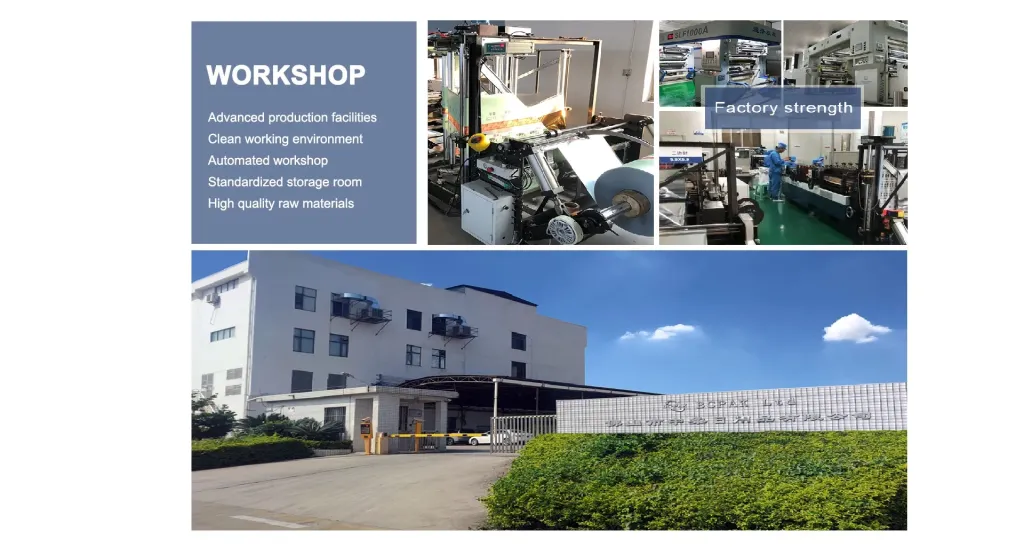Different plumbing fittings play a crucial role in ensuring that plumbing systems operate efficiently and safely. Homeowners, contractors, and engineers encounter a variety of fittings that serve specific purposes within residential and commercial plumbing systems. Understanding these various fittings not only enhances one's plumbing knowledge but also equips one with the skills to select the right components for any given project.

Plumbing systems are a complex network of pipes and fittings, and the effectiveness of these systems heavily relies on selecting the appropriate fittings for the required application. One significant category of plumbing fittings is the coupling, which connects two pipes of the same diameter. This fitting is indispensable for extending the length of piping within a system. Couplings come in different materials, including PVC, copper, and stainless steel, each suited to specific applications based on factors like pressure, temperature, and the type of fluid being transported.
Elbows are another common and vital type of plumbing fitting that allow pipes to change direction, typically at 45 or 90-degree angles. These fittings are especially useful in scenarios where the plumbing system needs to navigate around obstacles. Selecting the right elbow fitting can prevent pressure drops and maintain flow efficiency, making them fundamental in designing a system that provides consistent pressure throughout.

The importance of tees in plumbing systems cannot be underestimated. Tee fittings allow a pipe to branch into two directions, enabling the distribution of water or other fluids to multiple locations. These fittings must be carefully selected based on the system's requirements, ensuring materials are compatible with the type of fluid in use and capable of withstanding the system's pressure.
Valves, including gate, globe, and ball valves, play a pivotal role in controlling the flow and pressure within plumbing systems. These fittings provide the ability to shut off sections of the plumbing, allowing for repairs or maintenance without disrupting the entire system. Selecting the correct valve is critical in maintaining the integrity and efficiency of the entire plumbing infrastructure.
different plumbing fittings
Pipe connectors and adapters are essential for linking pipes of varying sizes and materials, offering flexibility to the system design. An often overlooked but important aspect of selecting connectors and adapters is ensuring they are compatible with the materials they are joining. This compatibility extends to temperature, chemical resistance, and pressure, influencing the longevity and reliability of the entire system.
In residential settings, particularly those involving personal drinking or bathing water supplies, fittings need to meet strict health and safety standards, a testament to the importance of selecting high-quality materials. Lead-free and corrosion-resistant materials are not only recommended but often required to meet regulatory standards, ensuring safe and pure water delivery to all fixtures.
Understanding and selecting the right plumbing fittings requires expertise and experience. It demands an appreciation for material science, system design principles, and an understanding of environmental conditions. Additionally, plumbers and system designers must be aware of the various international and local codes that govern plumbing installations to maintain system integrity, safety, and efficiency.
To ensure these systems perform optimally, trust in the manufacturer's reputation, material quality, and adherence to engineering standards is crucial. The expertise involved in choosing different plumbing fittings can make the difference between a reliable, long-lasting system, and one that is prone to failure and costly repairs. Investing in the right fittings not only enhances system efficiency but also builds credibility and trust with clients, cementing one's status as an authority in plumbing system design and implementation.
Post time:
Jan-14-2025











